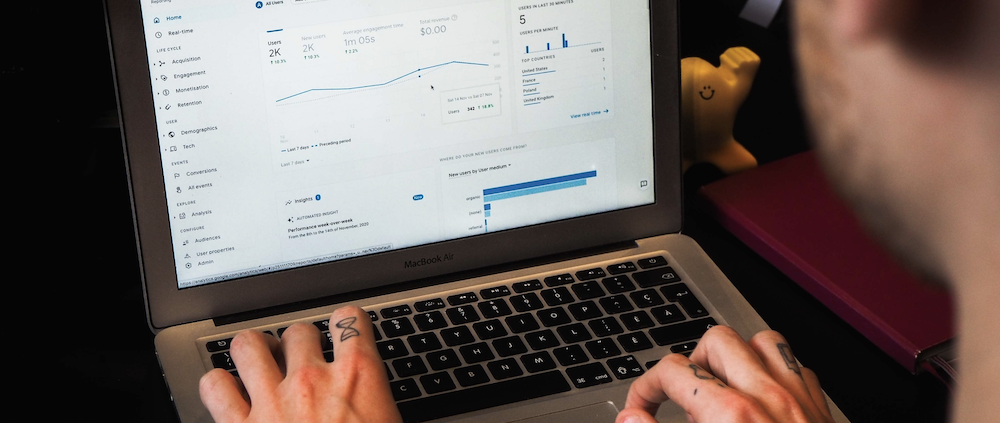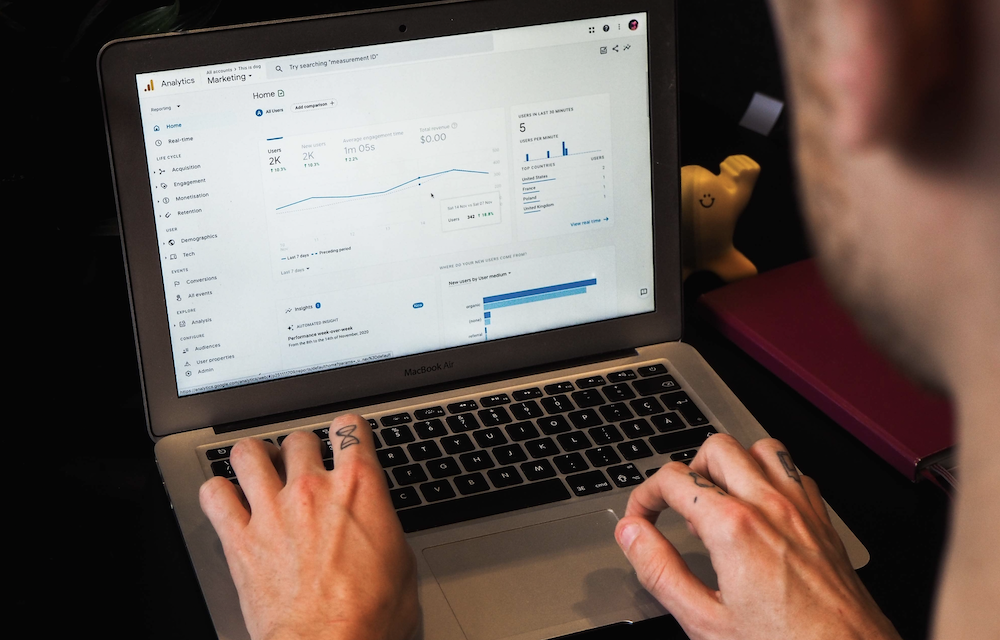Do Predictive Audiences Work? We Managed $1.1M in Ad Spend for Black Crow Audiences to Find Out
As a growth marketing agency, Tuff is always looking for new tools and tactics to continue to elevate our paid marketing efforts for our partners. In the Fall of 2021, Tuff began working with Black Crow, an AI tool that creates predictive audiences to allow marketers to scale their prospecting campaigns, and make their remarketing efforts more efficient.
Since implementing Black Crow across various partners, Tuff has managed over $1,000,000 in ad spend for Black Crow audiences for our ecommerce partners and has generated key takeaways on how to best leverage their AI marketing tool. In this post, we’ll outline what we’ve learned and our recommendations if you’re looking to scale traffic and revenue with advanced targeting options for Facebook, TikTok, Pinterest, and more.
What are predictive audiences, anyways?
Black Crow uses an artificial intelligence tool to score users in real-time based on their likelihood to buy. This score predicts the value of the user and allows marketers to bucket them on three tiers of purchase likelihood: high, medium, and low. High intent users are users who are most likely to purchase, and low intent users are those who are considered to be unlikely to purchase.
This form of machine learning uses first-party data only, which helps marketers avoid the restrictions and limitations of third-party data enforced by iOS 14.5. The best part of predictive audiences, however, is that the more data that it generates and collects, the more efficient it gets – as we’ve seen with our various e-commerce partners at Tuff.
How can I use predictive audiences in my paid acquisition efforts?
There are two main ways you can incorporate predictive audiences into your paid marketing efforts. At Tuff, we often break our tactics on paid acquisition down into two main categories: prospecting, and retargeting. We use Black Crow for both types of targeting.
For Prospecting Efforts:
After installing Black Crow and letting it generate enough data to begin to use (usually within a week based on our experience, but it depends on traffic volume for your website to ultimately decide), you can create lookalike audiences of the high, medium, and low intent users. These lookalike audiences can be used to reach new users who match the characteristics of your most (and least!) likely audiences to purchase, and allows you to scale ad spend horizontally to new audiences without guessing what characteristics they contain.
For Retargeting Efforts:
The majority of your audience that visits your website isn’t going to convert. Let’s face it- most websites have a bounce rate between 50-70%, meaning that between 50-70% of the traffic leaves the website within a minute without visiting a second page. Usually this rate is even higher for prospecting traffic.
Since Black Crow allows marketers to use their predictive audiences to bucket users by intent – high, medium, and low, you can control your spend and efforts by the quality of users you’re targeting. It makes sense to focus on users who are more likely to convert, and then remarket education and engagement-based creative to less likely to convert users to increase their intent. These sorts of efficiencies free up additional spend for even more prospecting, increasing your overall marketing reach.
Do predictive audiences work for eCommerce marketing?
In summary, YES.
After managing over $1 million in spend for Black Crow specific audiences, we can safely say that Black Crow is very effective in scaling prospecting efforts and making retargeting efforts more efficient. (And no we aren’t a partner with Black Crow and they didn’t ask us to write this post).
So we answered the question that these Black Crow audiences do, in fact, work for ecommerce and that they’re effective. Now let’s answer the question of how effective? Let’s put our money where our mouth is. Since incorporating these audiences, we saw cost per purchase drop and our conversion rates jump across the board over the course of 90 days:
- Prospecting = 48% decrease in CPS and a 55% increase in CVR
- Retargeting = 53% decrease in CPS and a 16% increase in CVR
Like a cast iron skillet, the more the pixel was used, the better our predictive audiences became (in both prospecting and retargeting). It stands to reason that predictive audiences refine the accuracy of their lookalike data, as well as create better predictive scores for a more refined user targeting experience the more it is used.
Alongside these Black Crow audiences, we were running broader interest/behavior audiences and other retargeting audiences. To further put into perspective the effectiveness of Black Crow:
- Prospecting = 23% of total prospecting purchase volume came from two Black Crow audiences
- Retargeting = 58% of the total retargeting purchase volume came from three Black Crow audiences
By utilizing Black Crow predictive audiences across different paid platforms, we were able to get a comprehensive look at the significant impact these audiences had (and are still having) on performance.
What advertising channels can I use predictive audiences for?
Any advertising channel that supports the use of first-party data should allow you to use predictive audiences as a part of your targeting efforts. At Tuff, we use Black Crow for a variety of paid acquisition channels, including:
- Facebook (Meta)
- Instagram (Meta)
- TikTok
- Snapchat
- Google Search (as an observation audience)
- Youtube
Ready to use predictive audiences in your ecommerce marketing strategy?
Want to unlock further ecommerce scale and efficiency, or learn more about how to leverage predictive audiences for your ecommerce scaleup? Let’s chat!

Hi there — I’m Kate, a Social Ads Strategist based in Knoxville, TN. I have over four years of experience in social media, focused predominantly on paid social media planning and buying. When I am not at my computer, I am likely hanging out with my dog, Benji, or cooking up something good in the kitchen.






